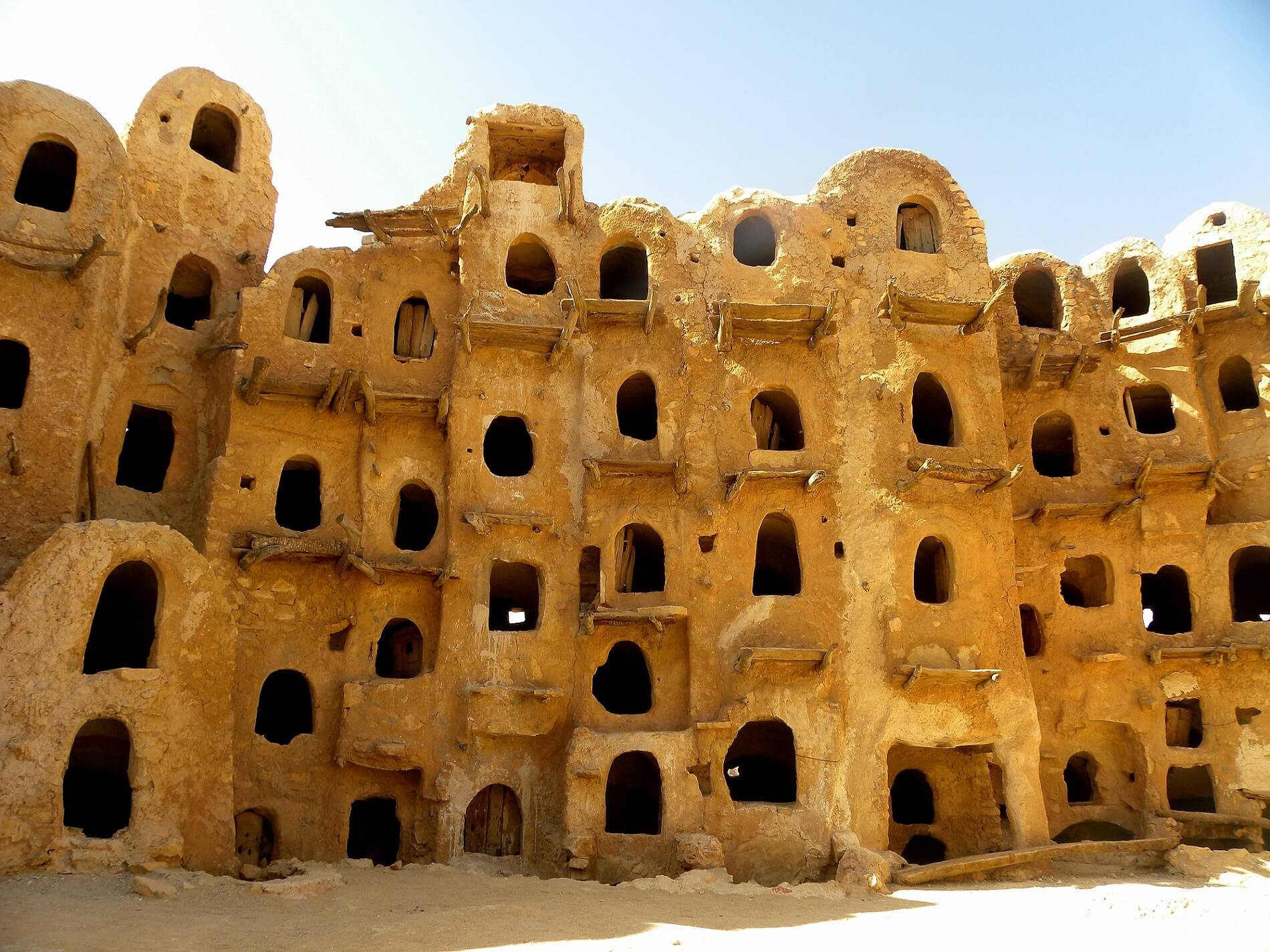Rising from the Ruins: Amid lingering violence, a modern state is struggling to take shape -- an optimistic Economist article investigating the creation of local governance structures in the new Libya.“The farther you move away from Tripoli,” says a Western diplomat, “the less of a state you see.” But that is changing. Regional structures are taking shape. Rickety they may be, but they increasingly trump those in the capital, where political rivalries and the fear of being accused of corruption have led ministers to duck hard decisions. Some cities are creating their own economic links with the outside world. Misratans now have a range of daily flights to neighbouring countries.Dynamic local leaders have improved services. The streets of a range of coastal towns are far cleaner than in Cairo or Tunis. Rubbish-collecting lorries and street sweepers in tidy overalls are out every morning. Hospitals have reopened. Most important for ordinary Libyans, services such as tap water and electricity—disrupted during the rebellion—are working just about everywhere. Children are back at school. Local government must operate in a legal vacuum until a new constitution is agreed upon, probably not before the middle of next year. In the meantime local leaders owe their legitimacy to the citizens. Misrata and Benghazi held municipal elections several months ago. Ajdabiya, which lies between the two, will follow suit by the end of the year. The people of Brega and Ras Lanuf chose their councils and leaders at public meetings. Only Sirte, the Qaddafi stronghold, remains under a forced administration, its local leaders chosen by the authorities in Tripoli. Benghazi and Derna, in the east, are still struggling to contain discontent. Jobless young people in these towns are still liable to be recruited by extremists.

